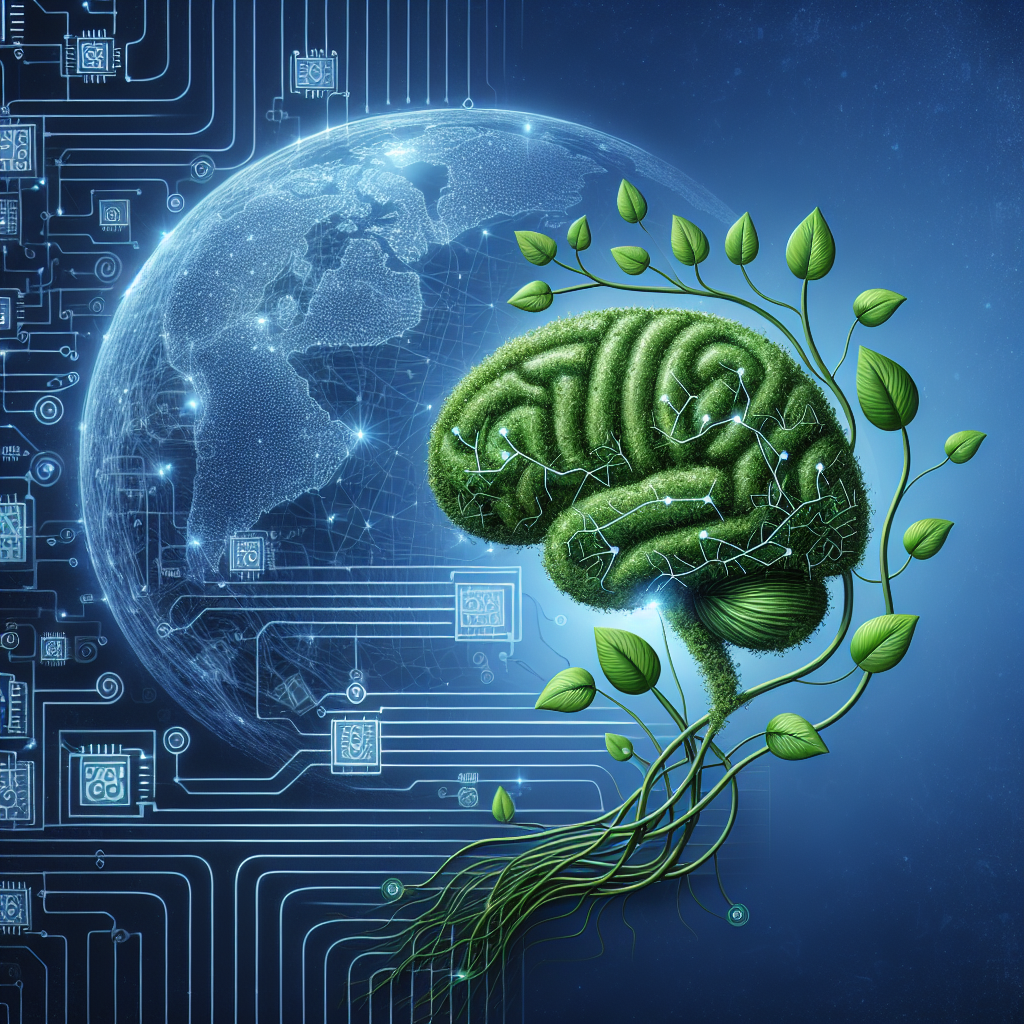In recent efforts to address the environmental impact of artificial intelligence, researchers have shifted towards the development of sustainable AI tools, leveraging physical neural networks (PNNs) as a potentially groundbreaking approach. An article titled “Sustainable AI with physical neural networks” published on TechXplore highlights how PNNs could signify a paradigm shift in reducing the carbon footprint associated with digital neural networks (DNNs).
Traditional DNNs, the backbone of many modern AI systems, require significant computational resources during both training and operation stages, leading to substantial energy consumption. The demand for data centers to power such networks is burgeoning, often fueled by non-renewable energy sources which contribute to climate change. In contrast, PNNs embed computational processes directly into physical systems, utilizing the inherent properties of materials to perform computations, hence potentially circumventing the need for extensive digital computation.
This innovative approach meshes well with growing environmental concerns within the tech industry, especially the increasing scrutiny regarding the sustainability of technological advancements. PNNs operate based on the dynamics of their physical components, which can be engineered to emulate the way traditional neural networks work. For instance, light can be used in optical-based PNNs where different wavelengths might handle various aspects of computational tasks. The physical setup thus acts naturally according to the laws of physics to resolve complex calculations typically handled by processors and software in DNNs.
The implications for energy usage are significant. The processing efficiency of PNNs could dramatically reduce the electricity requirements that are emblematic of high-performance computing facilities. Early experiments in this realm have shown that PNNs, when designed and optimized effectively, can achieve comparable accuracy to their digital counterparts on specific tasks while using a fraction of the power.
Moreover, the exploration into PNNs dovetails with broader initiatives to implement greener technologies across industries. If PNNs can be made viable for widespread use, they could be integrated into various sectors, not only enhancing the energy efficiency of AI applications but also reducing the overall environmental footprint of the tech industry at large.
Nevertheless, a number of challenges loom on the horizon for PNNs. Technical hurdles, including the scalability of these systems and the ability to generalize across different types of AI tasks, remain prominent. There is also an ongoing debate regarding the real-world applicability of such technologies and the potential trade-offs in terms of performance, flexibility, and cost.
The road to integrating PNNs into everyday technology applications is fraught with both opportunity and hurdles. Researchers and industry experts will need to collaborate closely, navigated by a policy framework that supports sustainable innovation while addressing potential pitfalls. As the discourse around the environmental costs of digital technologies grows louder, solutions like PNNs offer a glimpse into a future where technology can coexist with the imperative of sustainability. Moving forward, the exploration of PNNs could well define a new era in the quest for environmentally-friendly technology solutions—a crucial chapter in the narrative of global tech progression.



